Pininfarina drives into the future with the Battista EV
For decades, some of the fastest, most powerful cars from Italy wore two badges: Ferrari for the builder and Pininfarina for the designer. (Sometimes Pininfarina was the builder, too.) A new 1900-horsepower Italian hypercar arriving in 2021 will wear only one of those names, and it’s not Ferrari. Heck, it won’t even have a gasoline engine.
The Battista is a $2M+ EV named for Battista “Pinin” Farina, who founded the renowned carrozzeria (coachbuilder) in 1930. It is the first product of Automobili Pininfarina, a new sibling to the renowned design company launched after India-based vehicle maker Mahindra bought the firm in 2015. Based in Munich, Automobili Pininfarina is headed by former Audi executive Michael Perschke. The design company remains in Turin, with Paolo Pininfarina, a grandson of Battista Farina, at the helm.
20190625152009)
You may be familiar with Mahindra for the world’s top-selling farm tractors or its Michigan-built Roxor—a $16,000 off-road-only vehicle based on the original civilian Jeep, which Mahindra licensed from Willys eons ago. The $2 million+ price mentioned for the Battista would buy a lot of Roxors.
But we digress. The Battista is meant to make a powerful statement about Pininfarina’s design, engineering and bespoke manufacturing capabilities, much as its collaborations with Ferrari did in the past, but no longer.
While numerous coachbuilders made Ferrari bodies in the 1950s, Pininfarina and Ferrari would remain inseparable for six decades, producing a long string of unforgettable models in nearly every series issued by the marque. That string ended with the 2012–17 F12berlinetta, with a design credited to Centro Stile Ferrari (Ferrari Styling Center) “in collaboration with Pininfarina.” Opened in 2011, this in-house studio has fully assumed Ferrari design.
Entering the EV Zone
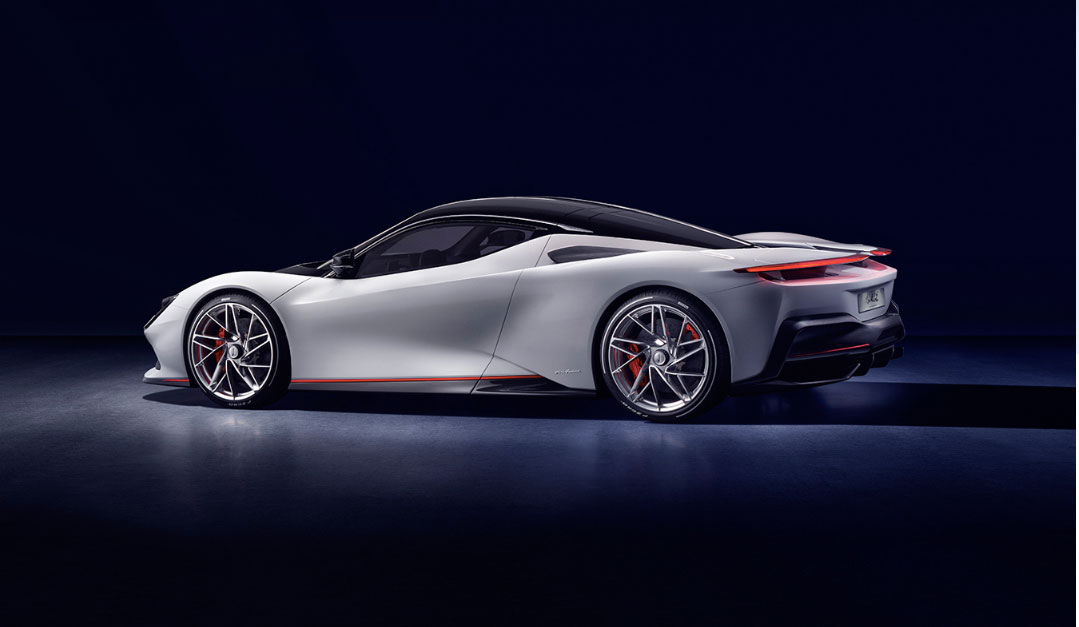
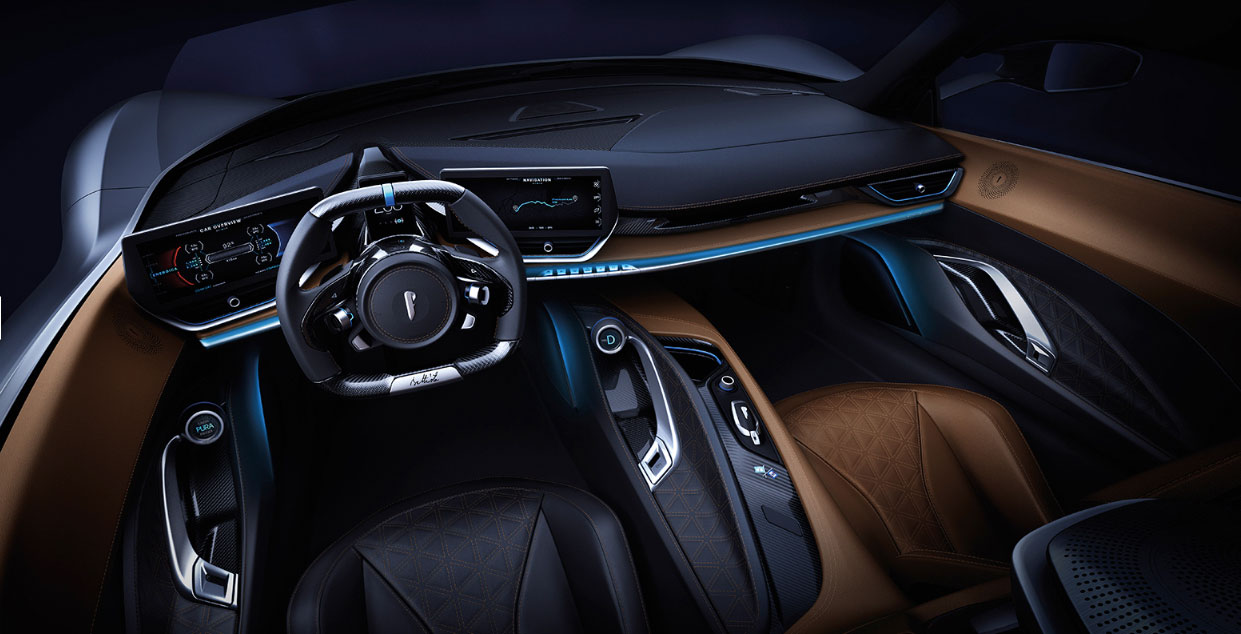
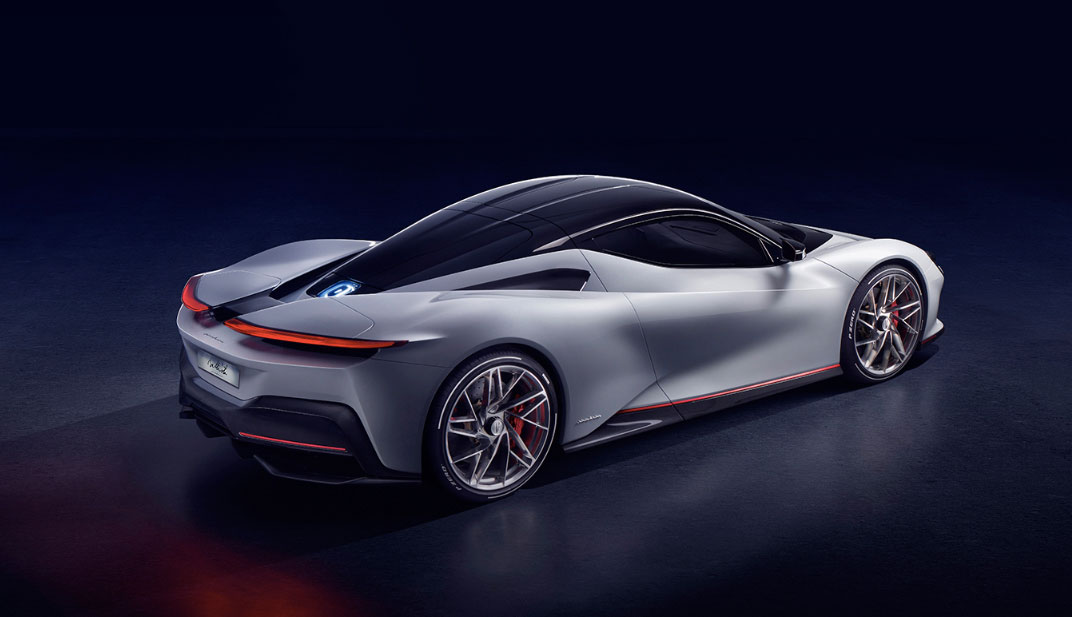
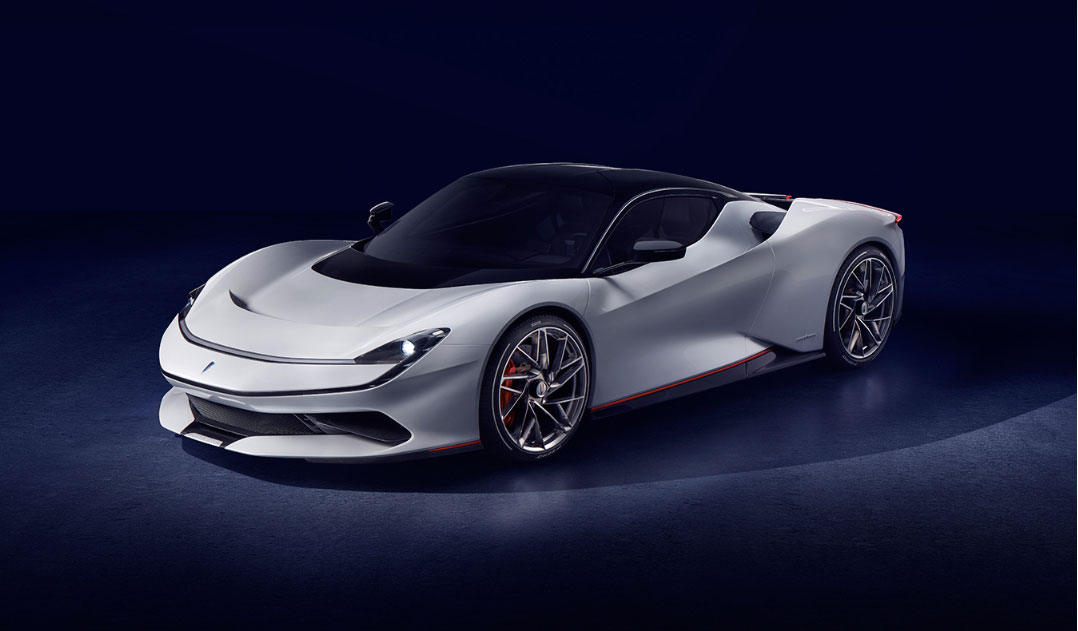
With nearly double the 986 horsepower of Ferrari’s SF90 Stradale hybrid introduced in late May, the Battista could be seen as a counterpoint to Maranello’s aversion toward pure EV supercars. It is, in any case, a signpost for Pininfarina’s venture into EVs and hybrids, which the company says is consistent with the path it has long followed.
“Early in the 1970s, our slogan was ‘la tradizione del nuevo’ (the tradition of the new),” Paolo Pininfarina says. “The electric revolution has started in the world of mobility and it will last all along the 2020s. We believe that crisis and disruptive changes are opportunities for creativity and development of new ideas and solutions, and we want to be part of this global process of innovation.”
The company had already been laying the groundwork for EVs. More than a decade ago, Pininfarina designed the B0 city EV concept that became the Bolloré BlueCar used in a French car-sharing program. Automobili Pininfarina’s chief technical officer, Christian Jung, previously worked for Porsche’s EV programs and for Faraday Future.
In the tradition of Pininfarina collaborations going back nine decades, the Battista is based on another car, in this case, the Rimac C_Two from Croatia. Founded in 2009 by Mate Rimac, the company has become a go-to developer for high-performance EVs. Porsche owns 10 percent of the company, and Rimac is also helping with Aston Martin’s EV tech development.
The Battista shares its basic construction and powertrain with the Rimac, which uses a 120-kWh battery pack as a load-bearing element in the carbon-fiber structure. Pininfarina says it will build just 150 Battistas, with North America expected to get a third of those beginning in 2021. Ogara, a high-end car dealer in Beverly Hills that offers the Rimac, will also sell the Battista.
The Pininfarina badge goes global
20190625150716)
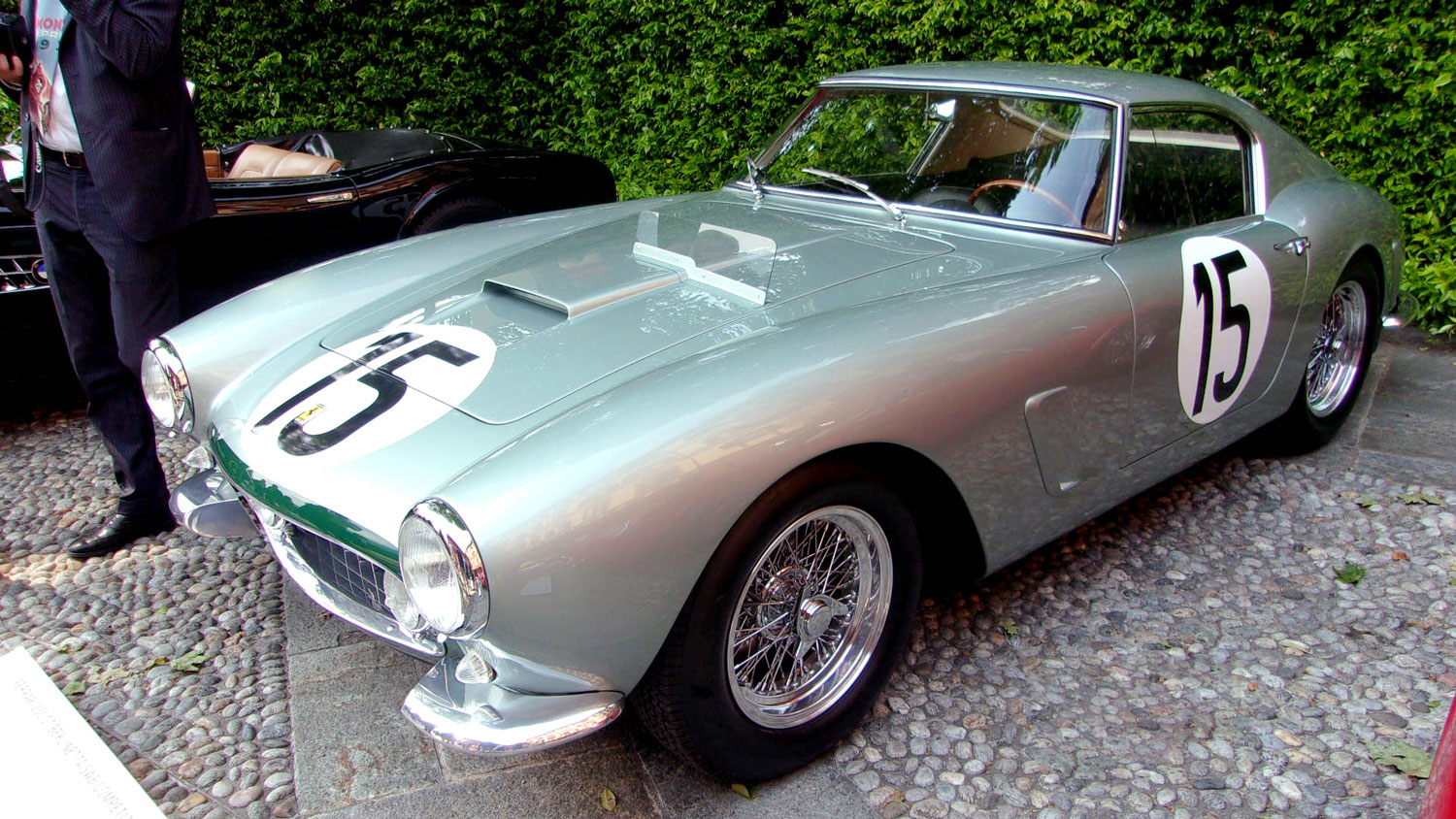
20190625150924)
Pininfarina is certainly the most famous and prolific of Italy’s many coachbuilders, and one of the few to survive into the 21st century. Speaking with Hagerty for a story published in December 2015, auto designer and journalist Robert Cumberford described the decline of the Italian carrozzeria in general. He cited internal mismanagement in some cases, but also the predominance of global carmakers’ strong in-house design and prototyping capabilities, as causes.
Pininfarina has served the entire automotive spectrum, from supercars to minicars. In addition to using traditional coachbuilding methods for small model runs, the company branched into contract mass production.
Besides Ferrari, cars from Alfa Romeo, Austin, Cadillac, Fiat, Ford, Lancia, Nash, Peugeot, and others have worn the Pinin Farina or Pininfarina badges. (The name was two words until 1961; the family adopted the Pininfarina surname, as well.) The list of one-offs and concept vehicles that Pininfarina produced could go on for pages.
Two Italian roadsters from 1966 exemplify Pininfarina’s historical wide-ranging capabilities and appeal: If you couldn’t afford the Ferrari 275 GTS, the Fiat 124 Spider also introduced that year offered similar lines. Pininfarina designed and built the bodies for both and also assembled the Fiat. American designer Tom Tjaarda sketched the Fiat Spider while working for Pininfarina.
Just as Pininfarina was beginning to shape Ferraris in the early ’50s, Nash engaged the firm’s services to design and build the Nash-Healey sports car and to add some styling verve to its standard sedans. Pininfarina also built a series of Cadillac one-offs, as well as the 1959 and ’60 Eldorado Brougham, making 200 of them. The two companies revived their partnership for the 1987–93 Allante, Pininfarina building the body shells in a new factory in San Giorgio. (Paolo Pininfarina worked at Cadillac as a manager on the Allante project.)
The pretty 1997–2003 Peugeot 406 Coupe became Pininfarina’s most prolific production model, with nearly 108,000 built in Italy for the French carmaker. The San Giorgio facility later built cars for Ford and Alfa Romeo until all production ended in 2010. As such work declined, financial woes set in. Various debt restructurings kept the concern going until the 2015 sale to Mahindra.
La Tradizione del Nuevo, 2019 Edition
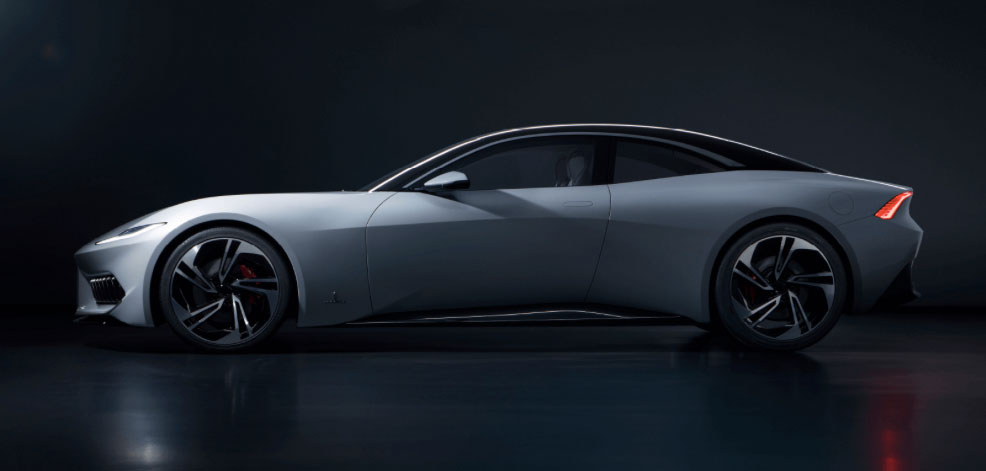
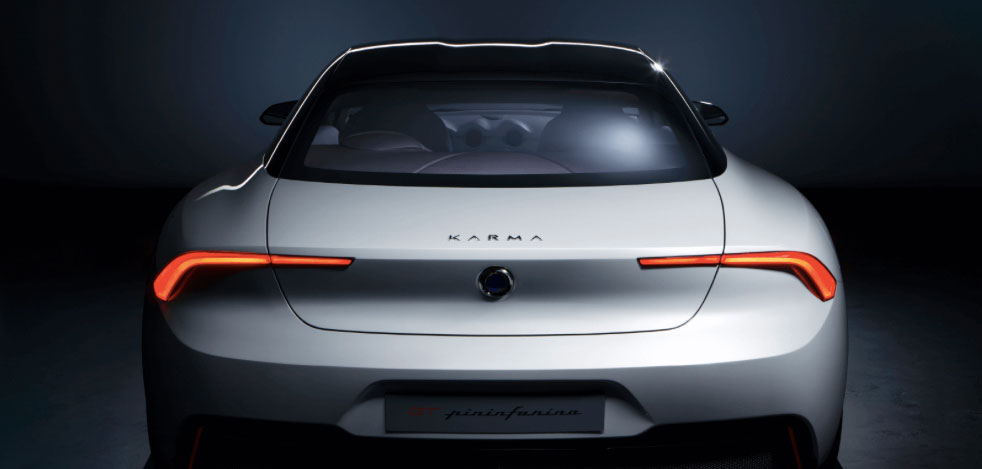
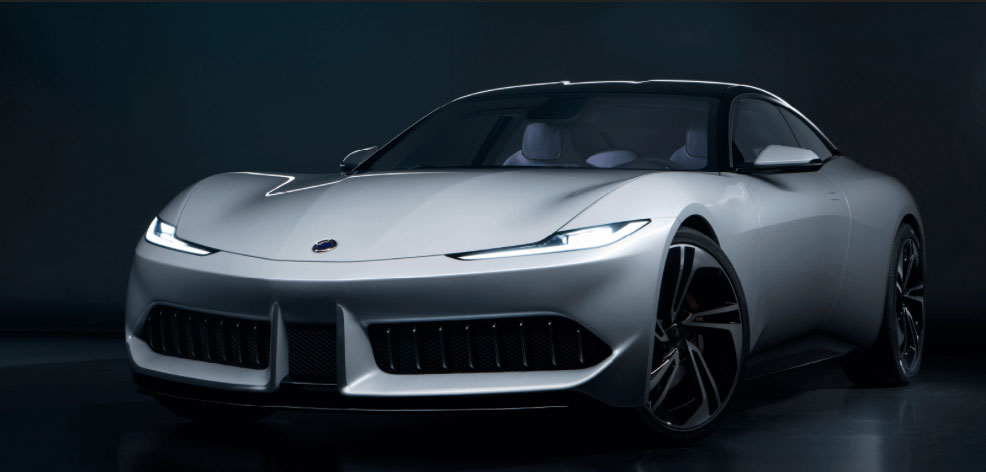
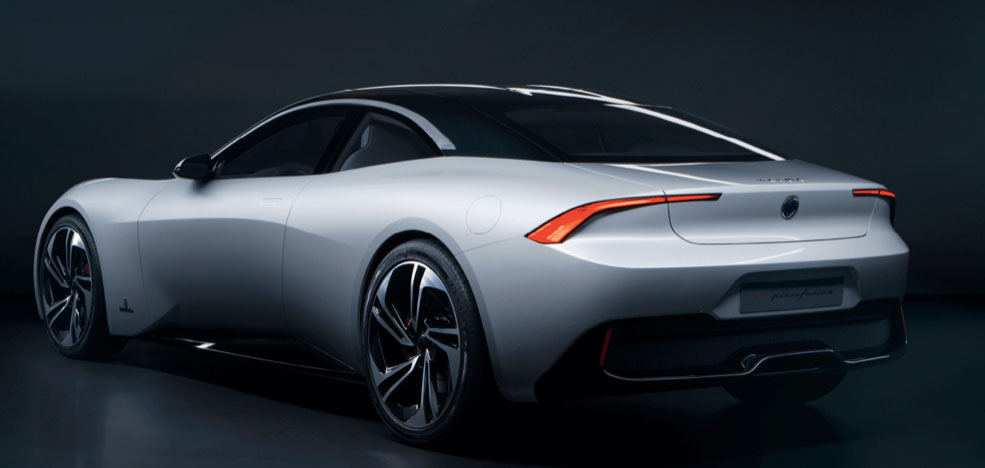
Pininfarina may have left the mass-production business behind, but global collaborations and small-volume coachbuilding continue. In April, Karma Automotive, the luxury hybrid maker that emerged from the collapse of the original Fisker Automotive, unveiled the GT at the Shanghai Auto Show. The stunning large coupe is based on Karma’s Revero extended-range electric sedan.
Both Paolo Pininfarina and Matthew Clark, a spokesman for Karma Automotive, affirmed an interest in possible low-volume production since the car’s Shanghai debut.
“We have great respect for Pininfarina and hope this is the first of many collaborations between our respective companies,” Clark says. If the GT is produced, he says pricing would depend on the scope of the project but would be “north” of the top Revero, which is $135,000.
Another Pininfarina design debuted at the Shanghai show, the Granite EV sedan from Chinese startup Grove Hydrogen. In addition to cars, Pininfarina also provides services to boating, architecture, and industrial design. If you should ever fly to New Istanbul Airport in Turkey, take a good look at the futuristic control tower; that’s Pininfarina’s work.
The past as an everlasting trophy
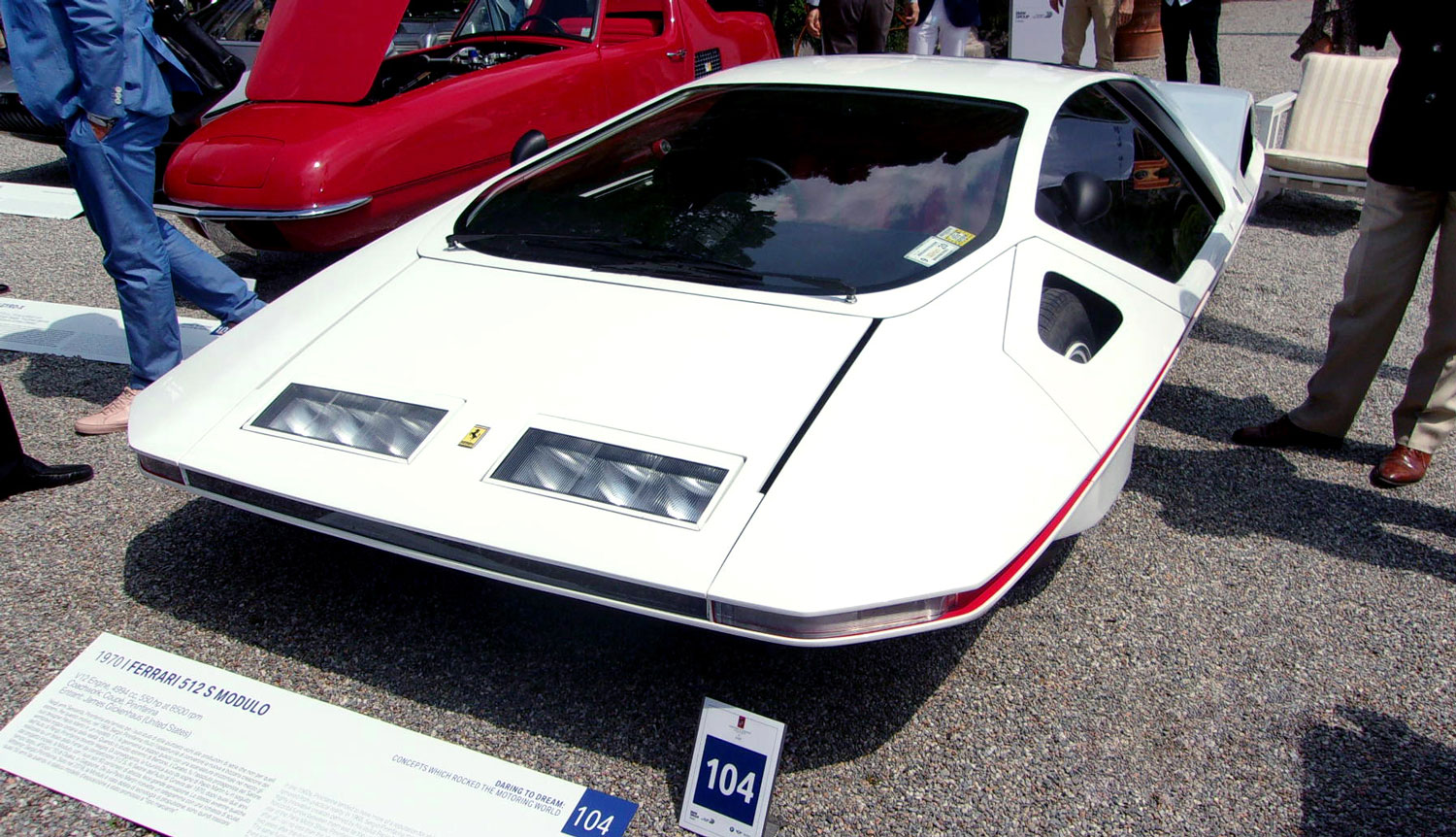
Automotive connoisseurs will undoubtedly continue to celebrate Pininfarina’s many contributions for a long time to come. At the exclusive 2019 Concorso d’Eleganza Villa d’Este in Turin in late May, Pininfarina’s Ferrari artistry won top trophies.
A 1961 250 GT California took the “Sky’s the Limit” award in the Swinging Sixties category; a 1966 275 GTB Competition Berlinetta earned the “Most Iconic Car” title, and the futuristic Ferrari 512 S Modulo concept car from 1970 was named “Most Exciting Design.” In addition, the BMW Group Italia Trophy, a people’s choice award, went to Pinin Farina’s 1938 Lancia Astura Cabriolet Fourth Series.
Might the company ever explore EV conversions of its classic models, as Jaguar and Aston Martin have demonstrated? Paolo Pininfarina seems open-minded but non-committal on the topic.
“We have never been too much attracted by replays and nostalgia projects, as we prefer to surprise with unexpected proposals,” he says. “However, we have a past behind us which may be somehow a source of inspiration. So, never say never.”
20190625151920)
20190625151945)
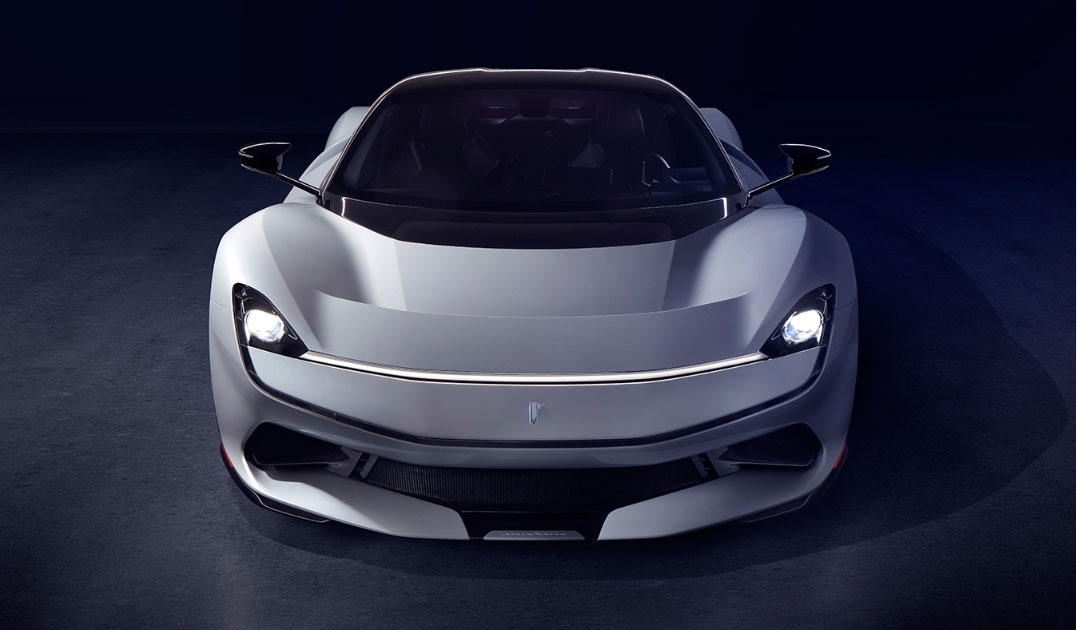
20190626162943)
20190626162950)
20190626162958)

